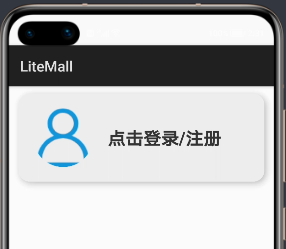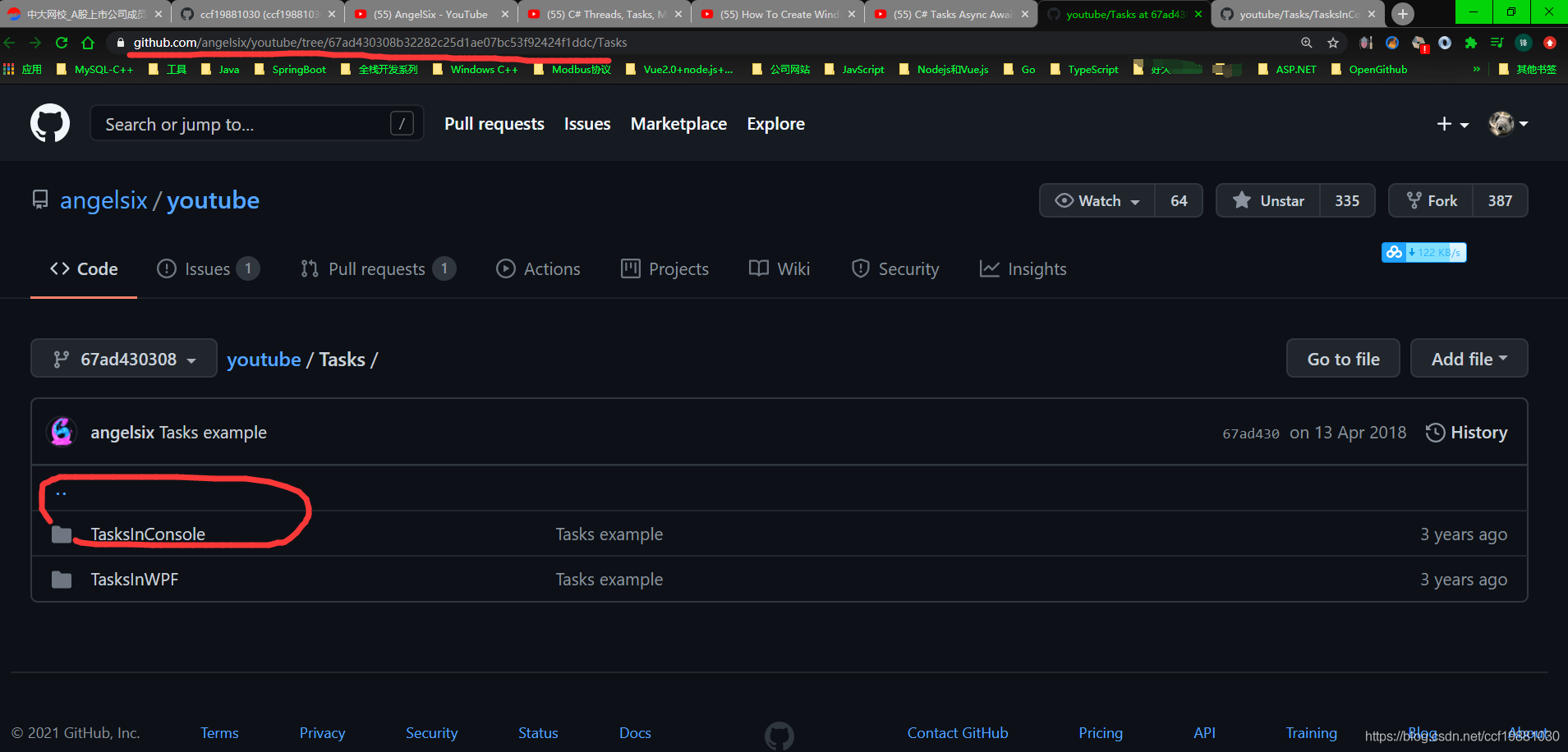As per this official document, Kubernetes Persistent Volumes support three types of access modes.
- ReadOnlyMany
- ReadWriteOnce
- ReadWriteMany
The given definitions of them in the document is very high-level. It would be great if someone can explain them in little more detail along with some examples of different use cases where we should use one vs other.
You should use ReadWriteX when you plan to have Pods that will need to write to the volume, and not only read data from the volume.
You should use XMany when you want the ability for Pods to access the given volume while those workloads are running on different nodes in the Kubernetes cluster. These Pods may be multiple replicas belonging to a Deployment, or may be completely different Pods. There are many cases where it's desirable to have Pods running on different nodes, for instance if you have multiple Pod replicas for a single Deployment, then having them run on different nodes can help ensure some amount of continued availability even if one of the nodes fails or is being updated.
If you don't use XMany, but you do have multiple Pods that need access to the given volume, that will force Kubernetes to schedule all those Pods to run on whatever node the volume gets mounted to first, which could overload that node if there are too many such pods, and can impact the availability of Deployments whose Pods need access to that volume as explained in the previous paragraph.
So putting all that together:
- If you need to write to the volume, and you may have multiple Pods needing to write to the volume where you'd prefer the flexibility of those Pods being scheduled to different nodes, and
ReadWriteMany is an option given the volume plugin for your K8s cluster, use ReadWriteMany.
- If you need to write to the volume but either you don't have the requirement that multiple pods should be able to write to it, or
ReadWriteMany simply isn't an available option for you, use ReadWriteOnce.
- If you only need to read from the volume, and you may have multiple Pods needing to read from the volume where you'd prefer the flexibility of those Pods being scheduled to different nodes, and
ReadOnlyMany is an option given the volume plugin for your K8s cluster, use ReadOnlyMany.
- If you only need to read from the volume but either you don't have the requirement that multiple pods should be able to read from it, or
ReadOnlyMany simply isn't an available option for you, use ReadWriteOnce. In this case, you want the volume to be read-only but the limitations of your volume plugin have forced you to choose ReadWriteOnce (there's no ReadOnlyOnce option). As a good practice, consider the containers.volumeMounts.readOnly setting to true in your Pod specs for volume mounts corresponding to volumes that are intended to be read-only.
- ReadOnlyMany – the volume can be mounted read-only by many nodes
If a pod mounts a volume with ReadOnlyMany access mode, other pod can mount it and perform only read operation. Right now GCP is not supporting this method.
This means a volume can be mounted on one or many nodes of your kubernetes cluster and you can only perform read operation.
You have one pod is running on node and you are reading stored file from volume. While on same volume you can not perform writes.
As it's ReadOnlyMany, if your pod is scheduled to another node, then also volume and data will be available to perform read operation.
- ReadWriteMany – the volume can be mounted as read-write by many nodes
If a pod mounts a volume with ReadWriteMany access mode, other pod can also mount it.
This means the volume can be mounted on one or many node of your kubernetes cluster and you can perform both, read and write operation.
You have one pod running on a node and you are reading & writing the stored file from the volume.
As it's ReadWriteMany if your pod schedule to another node then also the volume and data will be available there to perform read/write operation.
- ReadWriteOnce – the volume can be mounted as read-write by a single node
If a pod mounts a volume with ReadWriteOnce access mode, no other pod can mount it. In GCE (Google Compute Engine) the only allowed modes are ReadWriteOnce and ReadOnlyMany. So either one pod mounts the volume ReadWrite, or one or more pods mount the volume ReadOnlyMany.
This means the volume can be mounted on only one node of your kubernetes cluster and you can only perform read operation.
You have one pod running on node and you are reading stored file from volume. While on same volume you cannot perform writes.
As it's ReadWriteOnce if your pod is scheduled to another node then may mossible volume will be attached to the node and you can not get access of data there.




